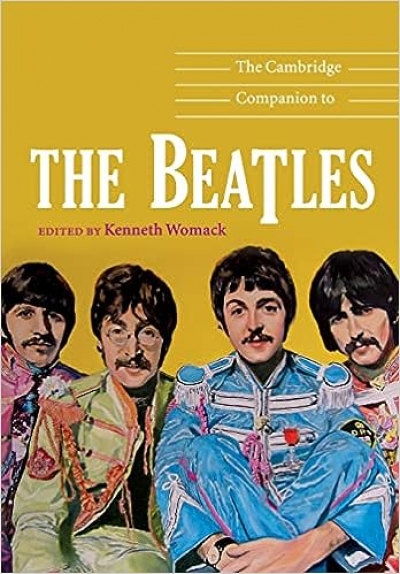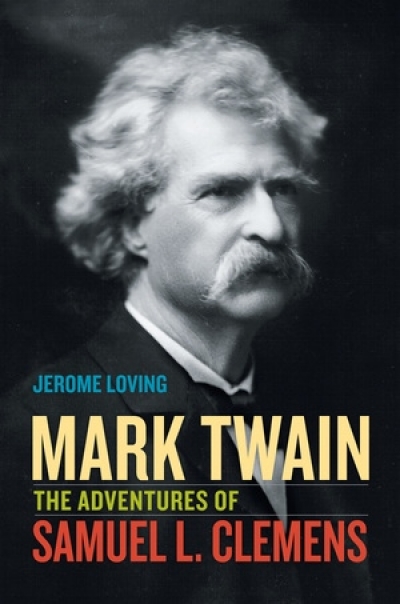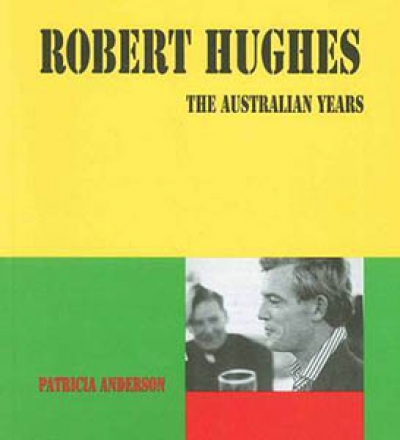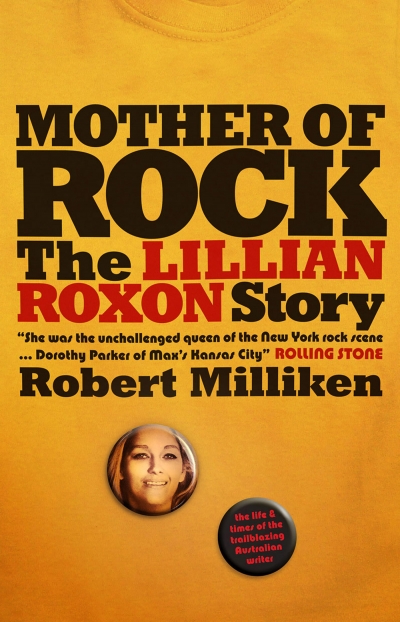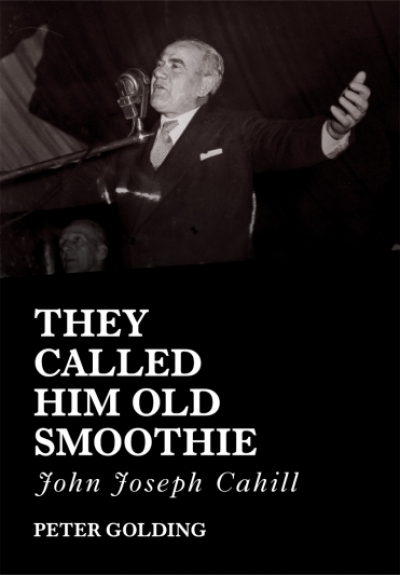Biography
The Cambridge Companion to The Beatles edited by Kenneth Womack
by Linda Kouvaras •
Mark Twain: The adventures of Samuel L. Clemens by Jerome Loving
by Geordie Williamson •
Creative Lives: Personal papers of Australian writers and artists by Penelope Hanley
by Ian Morrison •
Walter Benjamin and Bertolt Brecht: The Story of a Friendship by Erdmut Wizisla, translated by Christine Shuttleworth
by Michael Morley •
Robert Helpmann: A rare sense of the theatre by Kathrine Sorley Walker
by Lee Christofis •
Mad World: Evelyn Waugh and the secrets of Brideshead by Paula Byrne
by Glyn Davis •
They Called Him Old Smoothie: John Joseph Cahill by Peter Golding
by Lyndon Megarrity •

